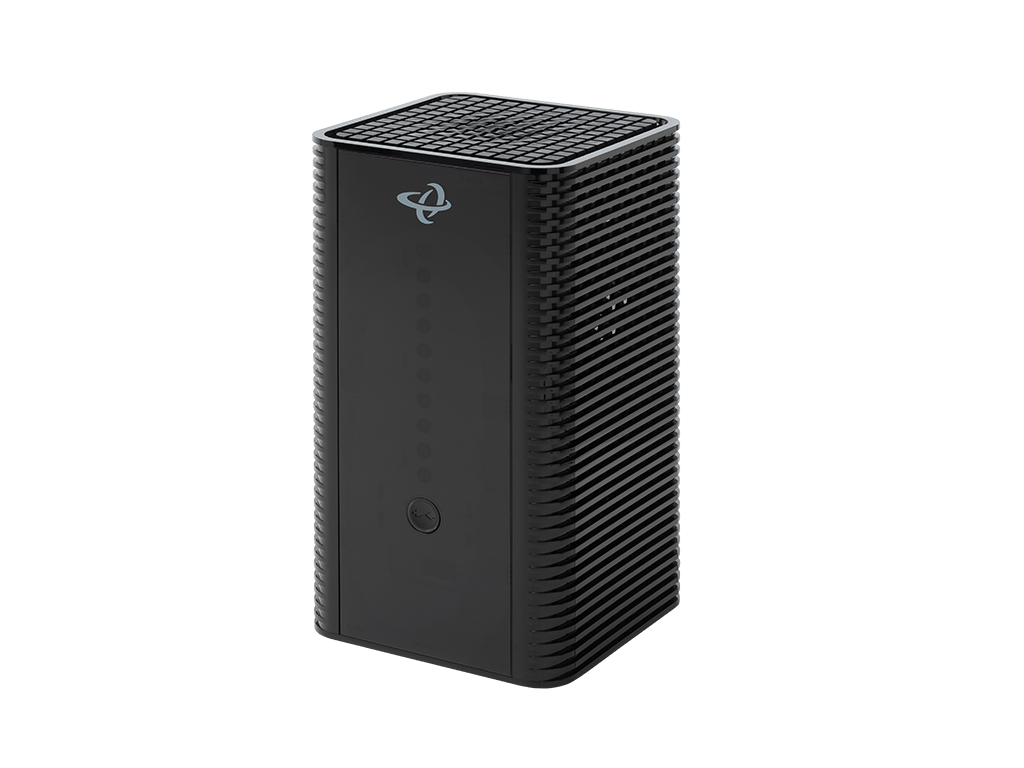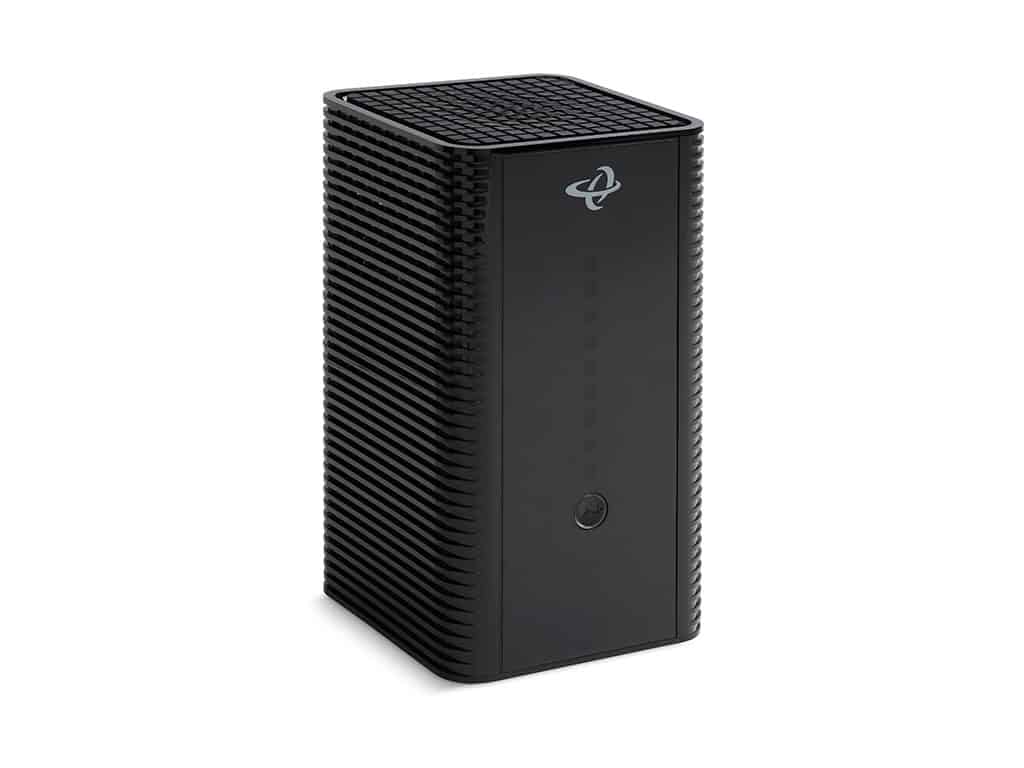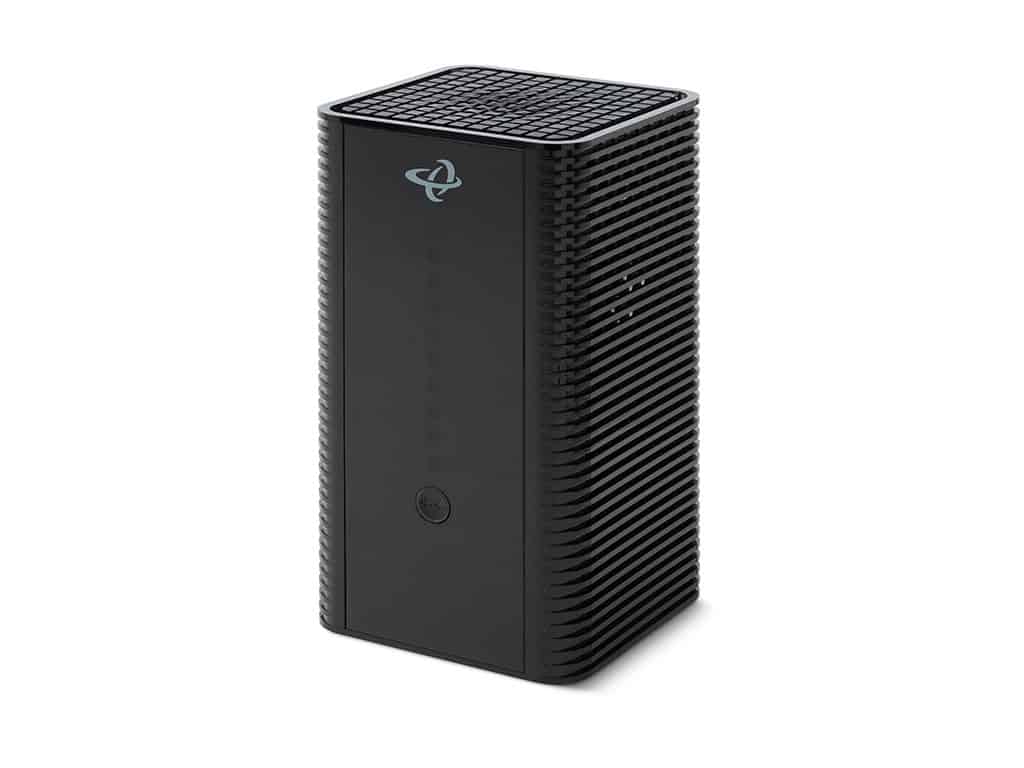DOCSIS 3.1 with Backward Compatibility
Supports 2×2 OFDM/OFDMA + 32×8 DOCSIS 3.0 channel bonding, providing gigabit-class performance today while staying compatible with legacy DOCSIS 3.0 networks.
Wi-Fi 5 (802.11ac)
Dual-band Wi-Fi with 4×4 5 GHz 802.11ac Wave 2 MU-MIMO and 3×3 2.4 GHz 802.11n, delivering stable coverage and speeds suitable for standard home usage.
All-in-One Simplicity
Combines modem and router functionality in a single box, reducing installation complexity, lowering inventory costs, and simplifying support.
Wired Connectivity
Four Gigabit Ethernet ports for wired devices plus a USB 3.0 port for storage and media sharing.
Remote Manageability
Full support for TR-069, TR-369 (USP), SNMP, and proprietary MIBs for operator control and visibility.
Benefits for Service Providers
- Cost-Optimized Deployment: Perfect for entry-level or lower service tiers where Wi-Fi 6 or Wi-Fi 7 is not required.
- Simplified Operations: One integrated gateway reduces truck rolls and customer setup issues.
- Carrier-Grade Reliability: Proven DOCSIS 3.1 technology for consistent performance.
- Meets Everyday Needs: Provides the Wi-Fi and wired connectivity households require for day-to-day activities.
Key Specifications
- DOCSIS Support: DOCSIS 3.1 (2×2 OFDM/OFDMA) + DOCSIS 3.0 (32×8)
- Wi-Fi: Dual-band Wi-Fi 5 (4×4 5 GHz 802.11ac Wave 2 + 3×3 2.4 GHz 802.11n)
- Ethernet Ports: 4× Gigabit LAN
- USB Ports: 1× USB 3.0
- Management: TR-069, TR-369 USP, SNMP, EasyMesh support
- Other Features: IPv4/IPv6, multiple SSIDs, advanced firewall and parental controls
Other Products to Consider
Product
Modem Type
Frequency
WiFi
Wired LAN
Voice
Learn More about Cable Modems & Routers
Cable Modems Explained: Fixed vs Switchable Frequency
A cable modem communicates with your Internet service provider (ISP) to bring an Internet connection into your home or office. This device uses the TV coaxial cable wiring already in your home. There are a few features that are important to know when choosing the...
Cable Modems Explained: Upstream and Downstream Channels & the Benefits
Connecting to the Internet in your home is not possible without a modem. A modem is the device that sits in your home and talks to your Internet service provider (ISP) to receive data signals that connect your computer to the Internet. To get wireless Internet (WiFi)...
What is a Router?
Wireless Internet requires hardware. This hardware includes a modem and also a router. If you want to set up wireless Internet (Wi-Fi) in your home, you need these devices. We’ve covered what a modem is (including cable modems) so this page focuses on what a router...
Why Buy a Gateway Instead of a Modem?
When setting up Internet in your home or office, you need a modem to get the connection and you need a router to distribute the signal to your devices. Having two separate devices isn’t practical for everyone, and it can be confusing as well. Not to mention, more...
What is a Gateway?
We’ve covered more in-depth what a modem is and what a router is and why you need each. As a recap, you can get Internet access with a modem, but to get wireless Internet you need a router. While you can get a separate modem or router, you might want to get a...


